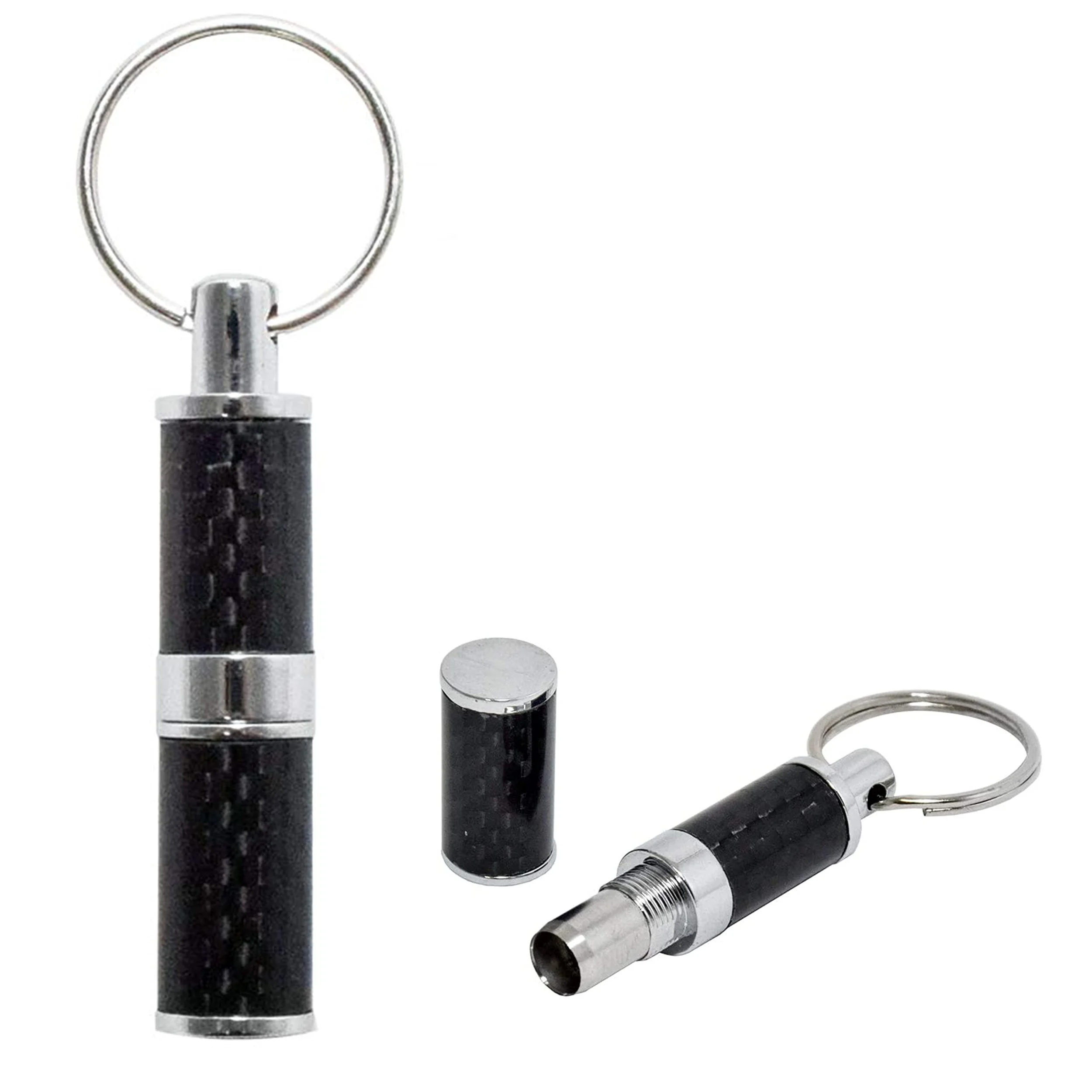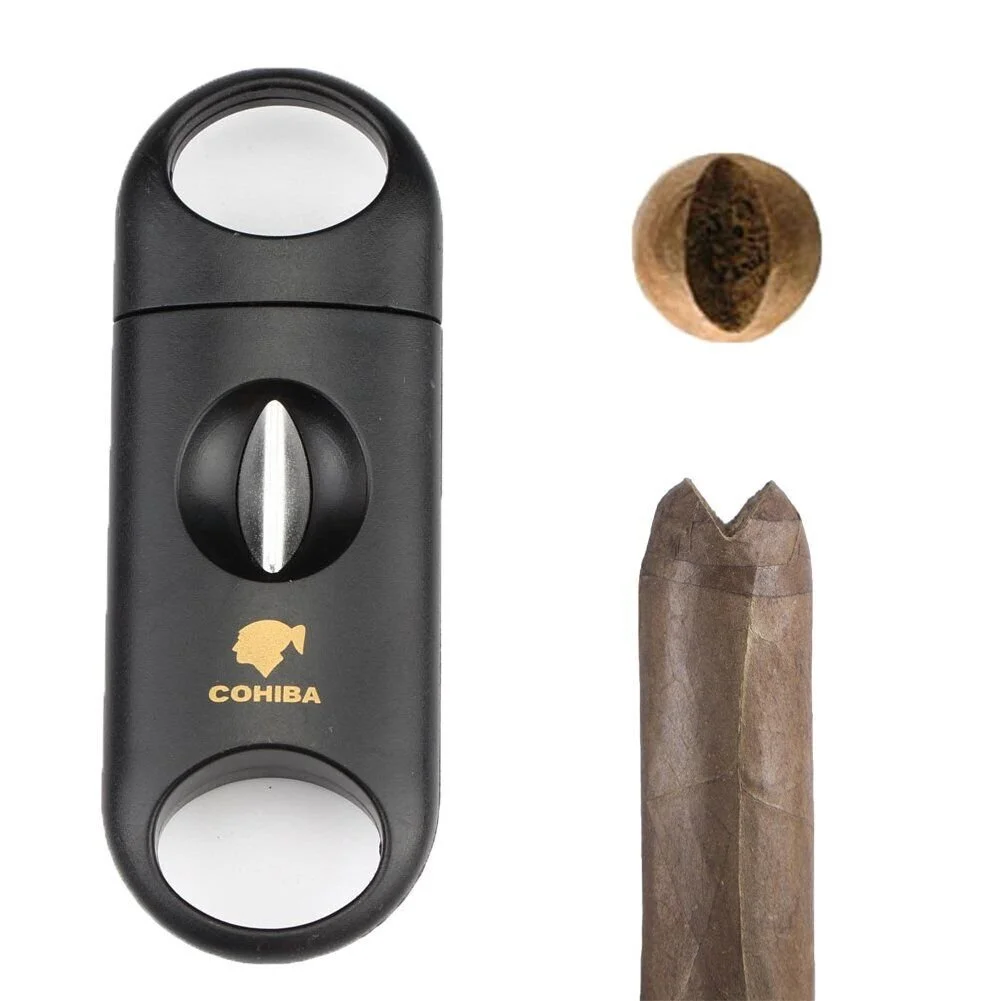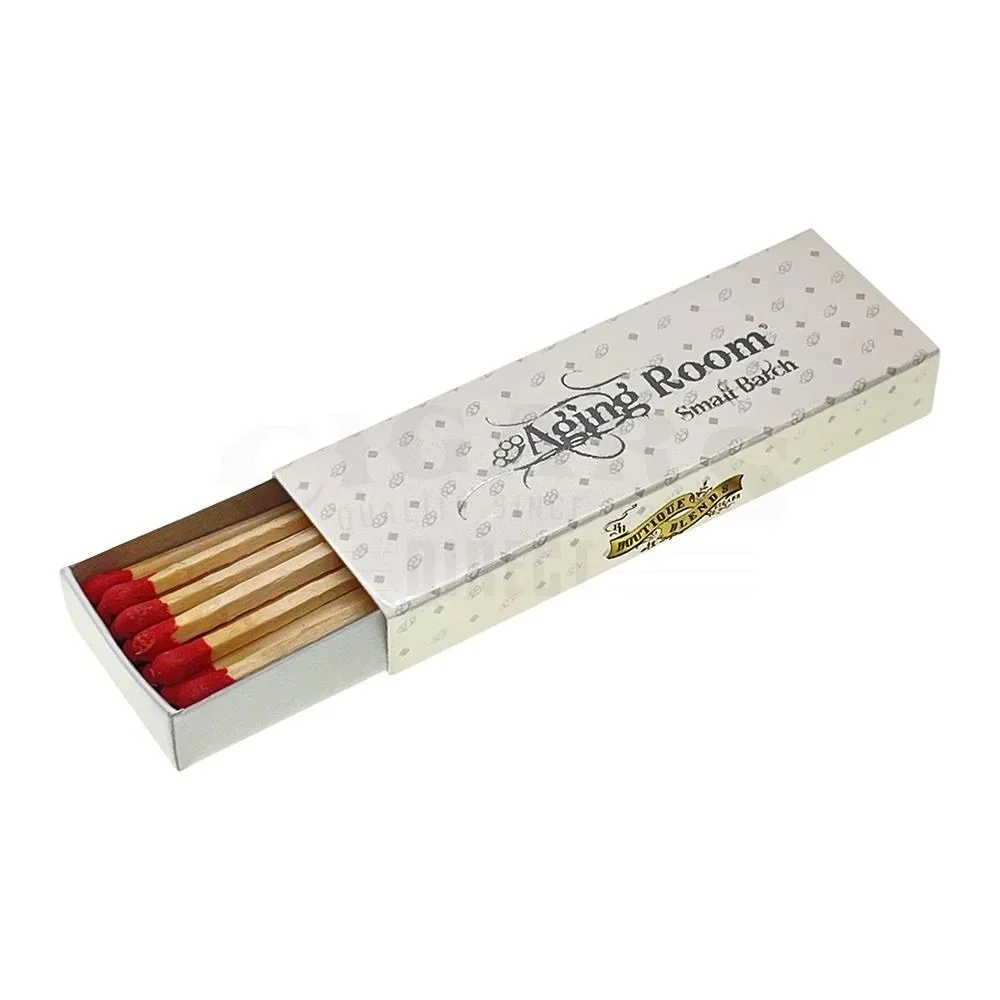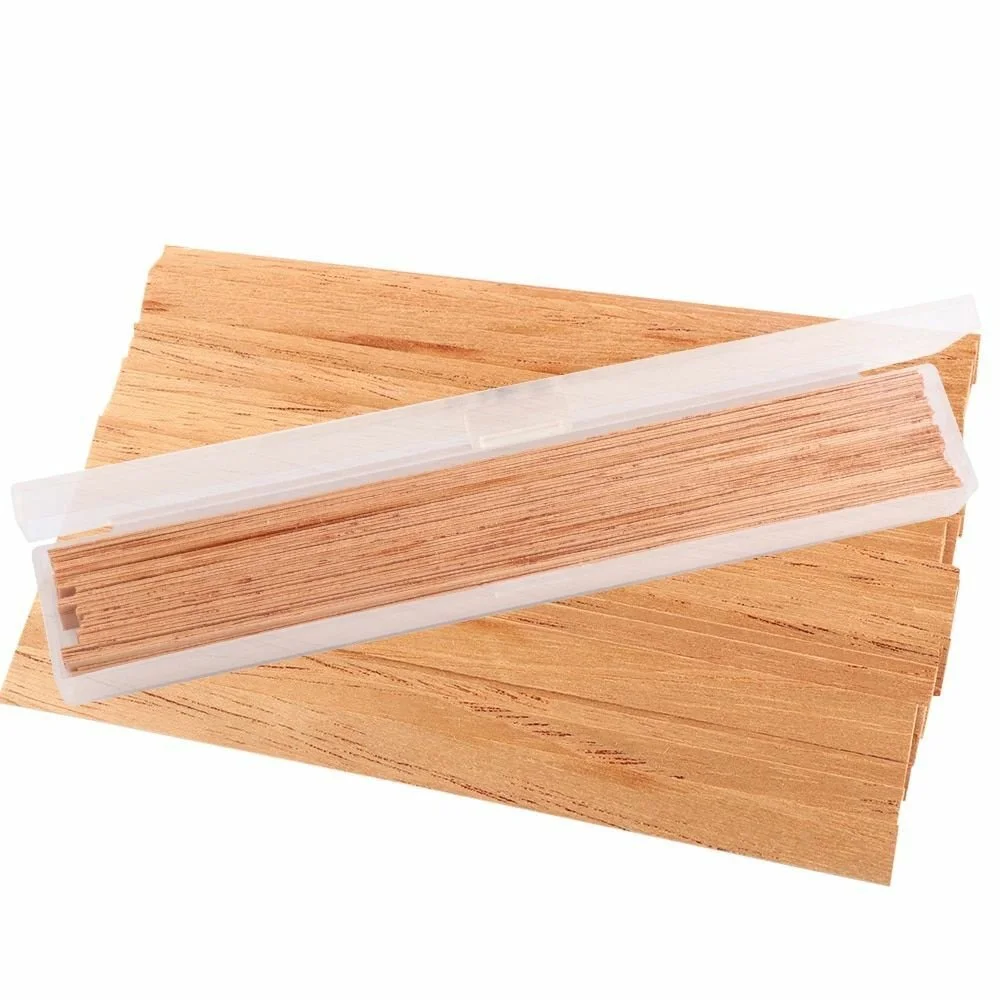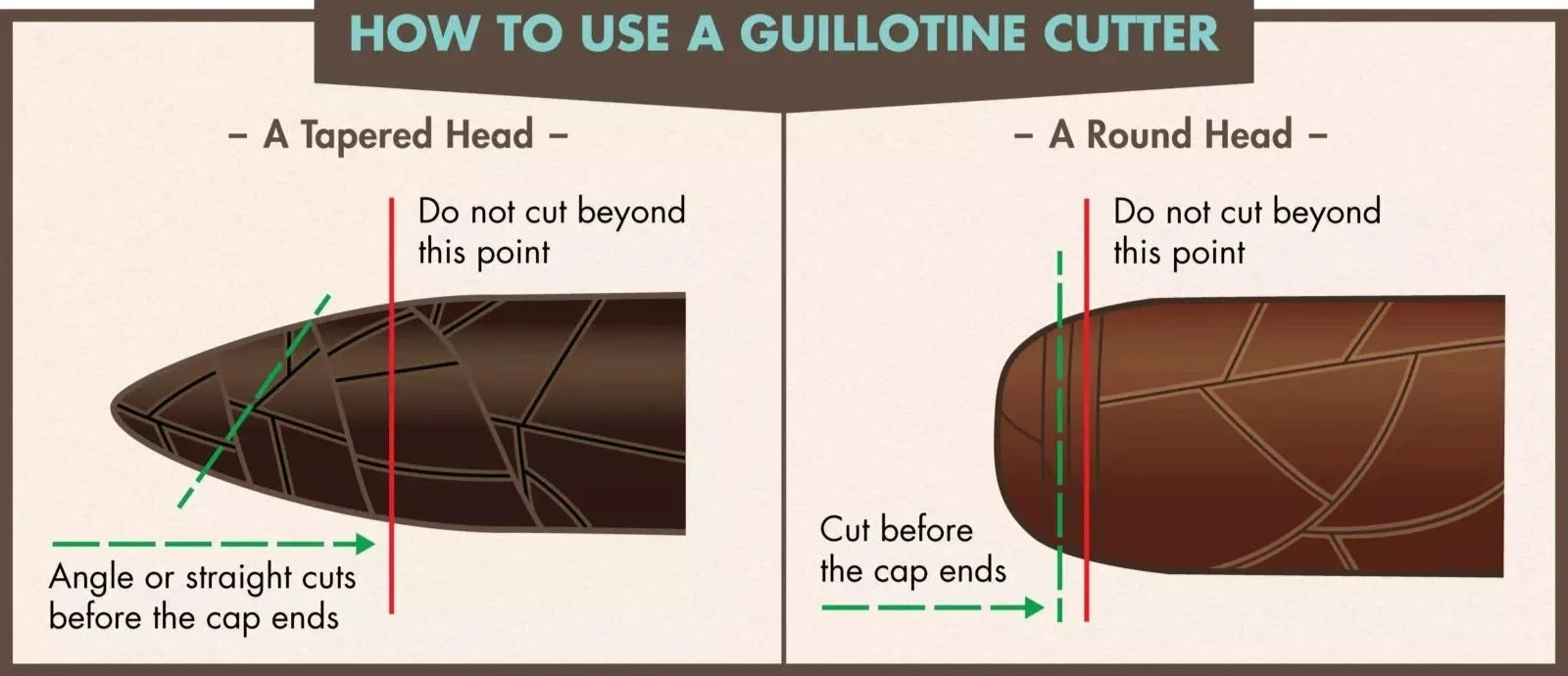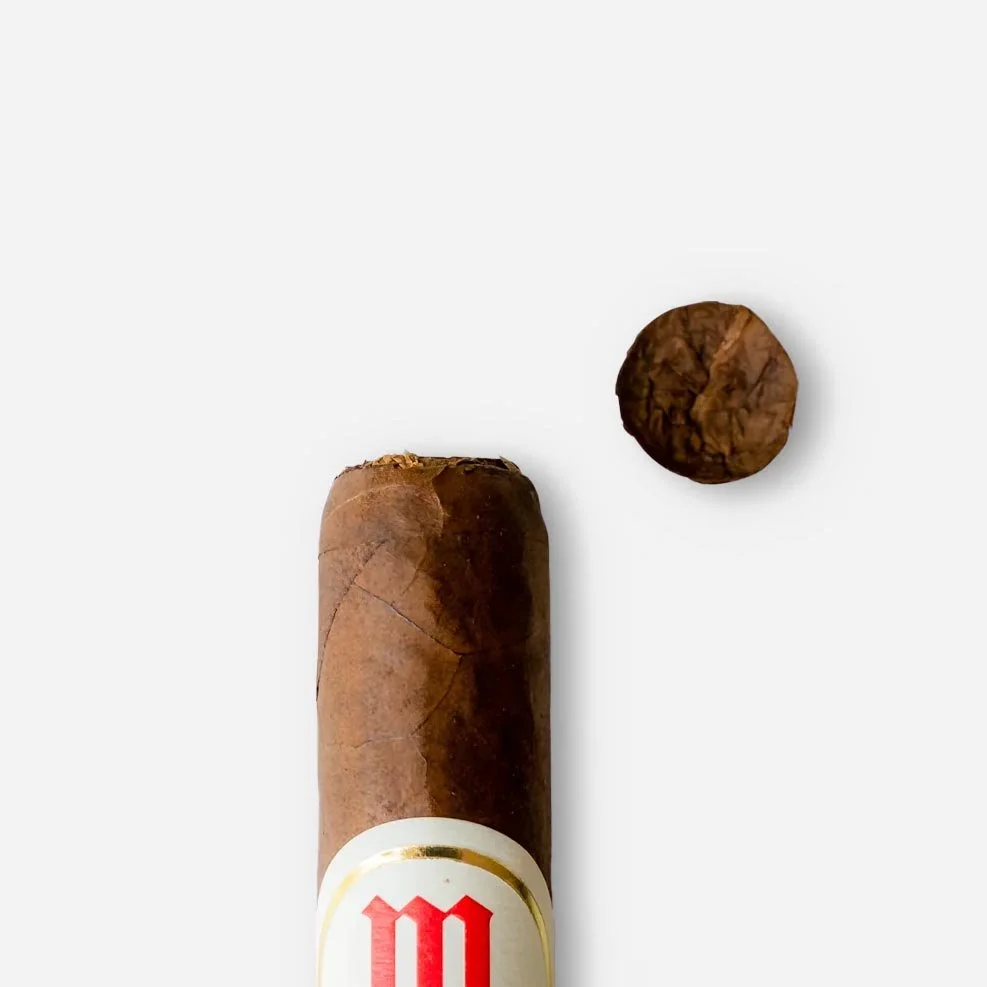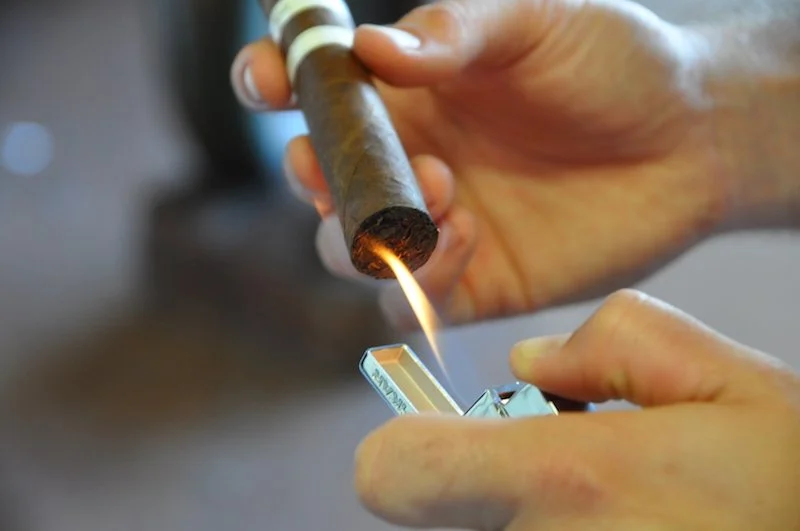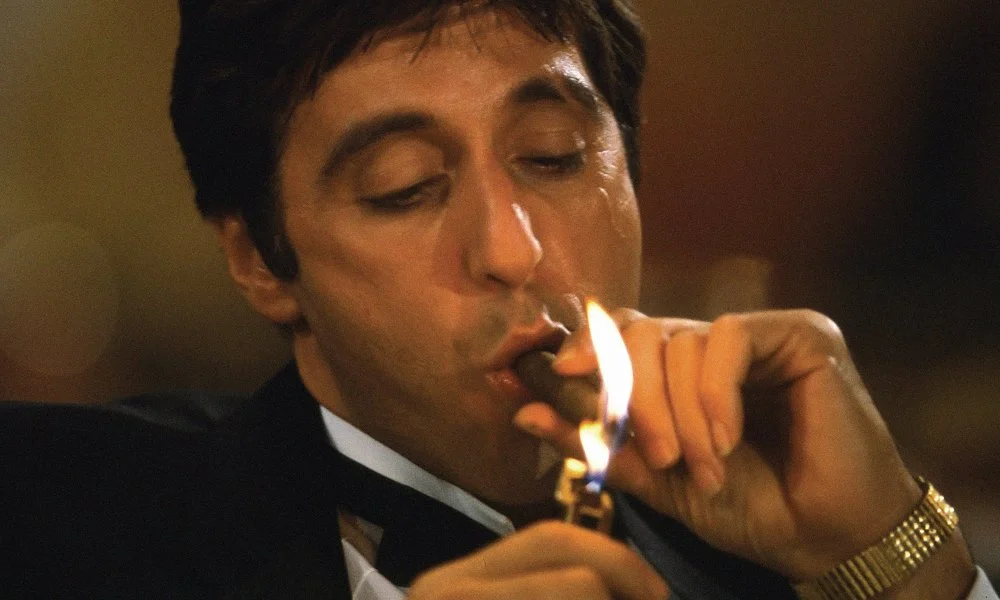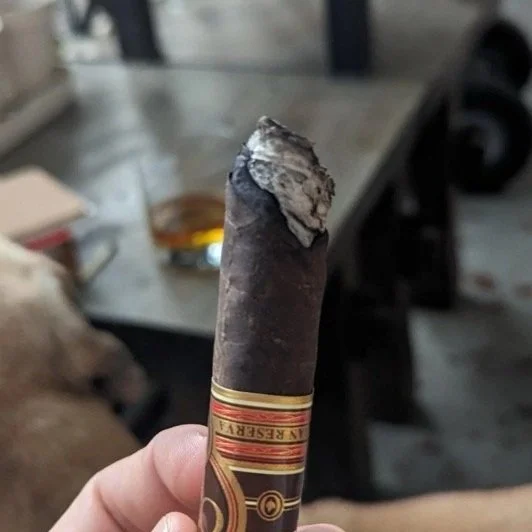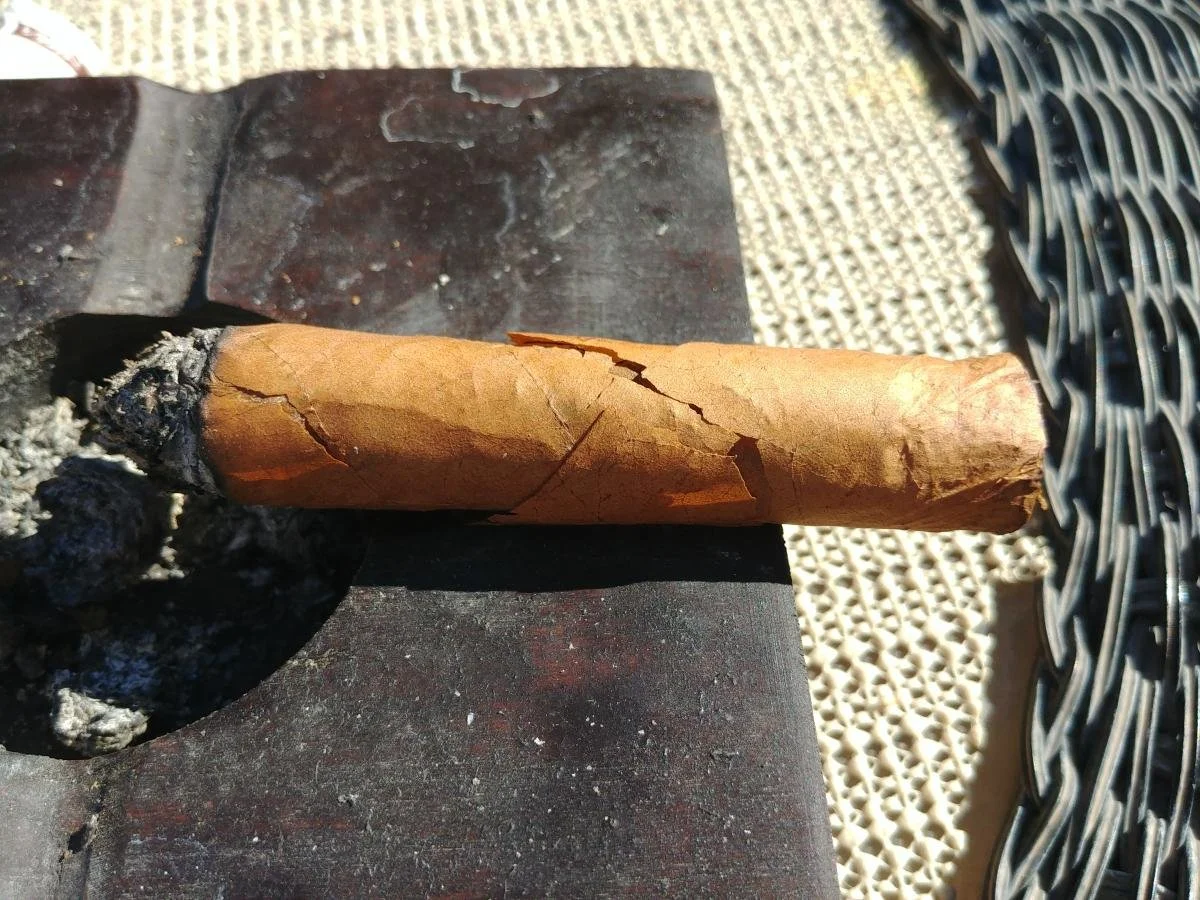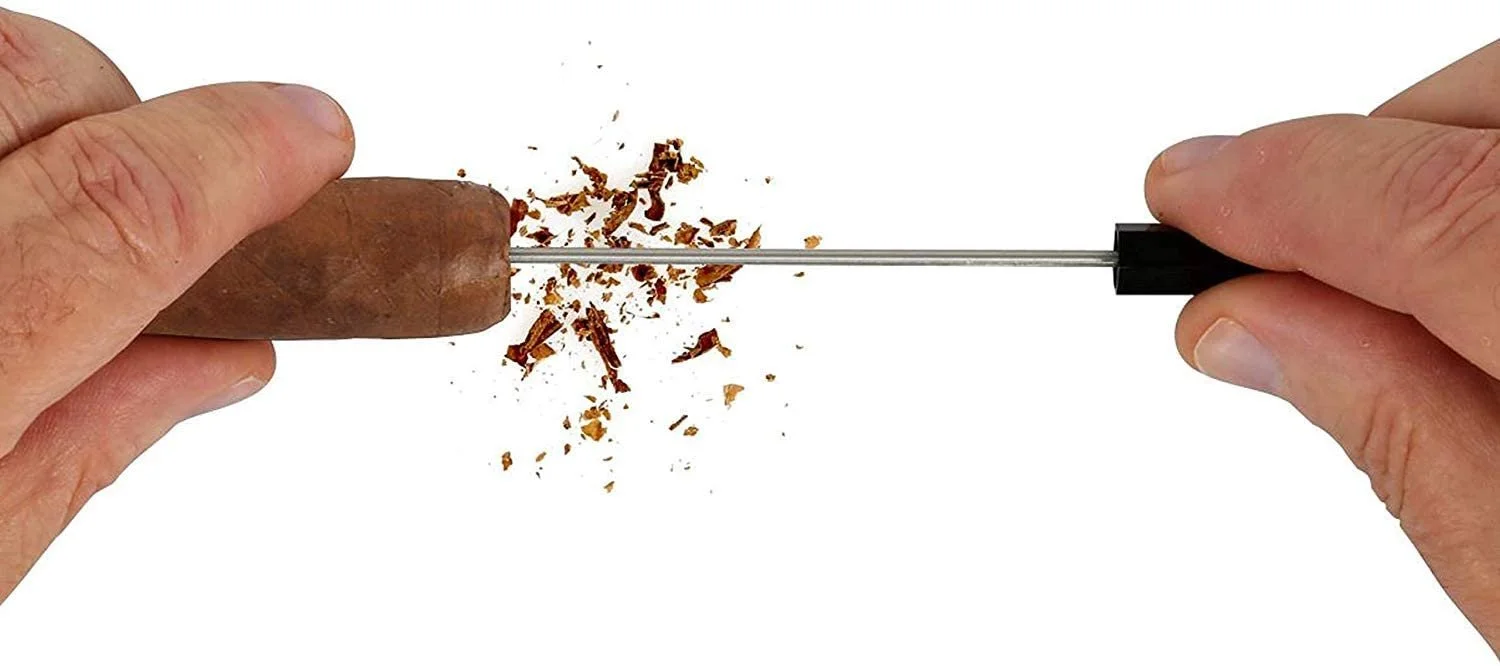How to Cut and Light a Cigar
Smoking a cigar is not just about enjoying the flavors; it's about embracing the ritual. Properly cutting and lighting a cigar are crucial steps that can significantly enhance your smoking experience. In this guide, we will walk you through each step, providing detailed instructions to ensure you get the most out of your cigar. Before delving into the specifics, it's important to understand why these steps are vital. A well-cut and evenly lit cigar ensures an even burn and smooth draw, allowing you to fully appreciate the intricate flavors of your chosen cigar.
Selecting Your Cutter
Straight cutter or guillotine cutter
Punch cutter
V cutter
The three main types of cigar cutters each offer unique benefits and potential drawbacks, catering to different preferences and cigar styles. Guillotine cutters or Straight cutters are highly versatile, providing a clean, straight cut that is ideal for most cigars, allowing for an even draw. However, there is a risk of cutting too much of the cap if not used precisely, which can lead to unraveling. Punch cutters create a small, precise hole in the cap, enhancing the concentration of the draw and helping to maintain the cigar’s integrity. While they are excellent for certain ring gauges, they might not be suitable for all cigar sizes, particularly those with smaller diameters. V-cutters are favored for their ability to carve a deep wedge into the cap, offering a concentrated and rich draw that can intensify the smoking experience. Care must be taken, though, as improper use or dull blades can potentially damage the wrapper, affecting the cigar's overall performance. Each cutter type has its own merits and considerations, making the choice largely dependent on personal preference and cigar type, i.e. there’s no “wrong” answer.
Selecting Your Lighter
Torch lighter
Cigar matches
Cedar strips
Common cigar lighting methods include matches, butane lighters, and cedar spills, each with unique benefits and drawbacks. Matches are prized for their traditional appeal and clean burn, making them a classic choice for cigar enthusiasts. However, it is recommended to let the sulfur burn off before using them to avoid imparting any unwanted flavors to the cigar. Butane lighters offer great convenience with their odorless flame, ensuring that the cigar's natural flavors remain untainted. The main caveat is the need to be cautious to prevent overheating the cigar, which can alter its taste and burn. Cedar spills or cedar strips function similarly to matches but can impart a subtle cedar aroma while providing an even light. This method is often favored by those who enjoy making a ritual of cigar smoking. Each method offers a different experience, but for the purpose of this post, we will be using butane lighters as the example.
Butane cigar lighters come in various types, each offering distinct advantages and potential drawbacks to suit different preferences. Torch lighters are known for their wind resistance and precision, making them ideal for outdoor use and ensuring an even light on the cigar's foot. However, they can easily overheat the cigar if not used carefully, which may affect the flavor. Torch lighters come in various configurations, each designed to meet different lighting needs. Single flame lighters are used for their precision and fuel efficiency, making them ideal for smaller cigars or those who prefer a measured approach. However, they might take longer to light larger cigars due to their limited flame width. Double flame lighters strike a balance between precision and power, offering a more robust flame that can light cigars more quickly than a single flame, though they tend to consume more fuel. Triple flame lighters are the powerhouse of torch lighters, perfect for swiftly lighting large cigars with ease. While they provide significant coverage and speed, they come with the trade-off of potentially overheating the cigar and consuming fuel at a faster rate.
Soft flame lighters, with their gentle and traditional flame, offer a more classic approach to lighting cigars. While they provide a more delicate touch, they are less effective in windy conditions, which can make outdoor lighting challenging. These range from BIC lighters to S.T. Dupont soft flames. Cigar lounges aren’t usually a judgy place, but probably don’t use a BIC lighter if you don’t plan to have an immediate conversation with the people near you.
Cutting Your Cigar
Identify the Cap: The cap is the end of the cigar that you will cut. It’s usually a small, round piece that is glued to the head of the cigar to keep it from unraveling.
Make the Cut: Position the cutter just above the cap line, which is where the curved end meets the straight sides. Make a clean, swift cut to remove the cap, ensuring not to cut too much—about 1/16th of an inch is ideal. A precise cut prevents unraveling.
A proper straight cut
Lighting Your Cigar
Toast the Foot: Hold the cigar at a 45-degree angle and apply the flame to the foot (the open end). Rotate the cigar to evenly toast the edges without touching the flame directly to the tobacco. This prepares the cigar for an even light.
Light the Cigar: Place the cigar in your mouth and keep the foot about half an inch above the flame. Draw in gently while rotating the cigar to evenly light it. Check the burn and ensure the entire circumference glows evenly.
Toasting a cigar
Lighting a cigar
Evenly lit cigar
Troubleshooting
Even with careful preparation, issues can sometimes arise during the cutting and lighting of a cigar. Here’s how to troubleshoot some common problems:
Uneven Burn
Problem: The cigar is burning unevenly, creating a “canoe” or one-sided burn.
Solution: Lightly blow on the unburned side to encourage an even burn. Alternatively, use your lighter to gently touch up the unlit areas by rotating the cigar and applying the flame directly to the uneven spots.
Unraveling
Problem: The wrapper begins to unravel after the cut.
Solution: Ensure you are not cutting too far into the body of the cigar. If unraveling occurs, you can salvage the cigar by moistening the wrapper slightly with your lips and gently pressing it back into place. Consider using a bit of cigar glue if the problem persists.
Difficult Draw
Problem: It’s hard to draw smoke through the cigar, resulting in a tight pull.
Solution: This can happen if the cigar is packed too tightly or improperly humidified. Try gently massaging the cigar to loosen the packed tobacco. If the draw remains tight, use a draw poker to create a small channel from the head to the foot of the cigar to improve airflow.
Overheating
Problem: The cigar becomes too hot, affecting the flavor and causing discomfort.
Solution: This typically results from puffing too frequently. Slow down your smoking pace, taking a puff every minute or so to let the cigar cool. Allowing the cigar to rest will help in redistributing the heat and preserving the intended flavors.
FAQs
Q: How can I avoid unraveling my cigar?
A: Ensure you only cut the cap and not too far down into the body. A clean cut at the appropriate spot helps maintain the cigar's integrity.
Q: What is the best type of cutter?
A: It depends on personal preference. Guillotine cutters are versatile and easy to use, while punch cutters provide a smaller, more controlled cut. V-cutters offer a deeper draw for thicker cigars.
Q: How do I relight a cigar?
A: Remove any ash from the foot and gently blow into the cigar to clear stale smoke. Toast the foot again and relight as you did initially, ensuring an even burn.
Mastering the art of cutting and lighting a cigar will guarantee a consistent smoke. With practice, these steps will become second nature, helping you to enjoy your cigars to the fullest. Remember, the key is patience and precision.


